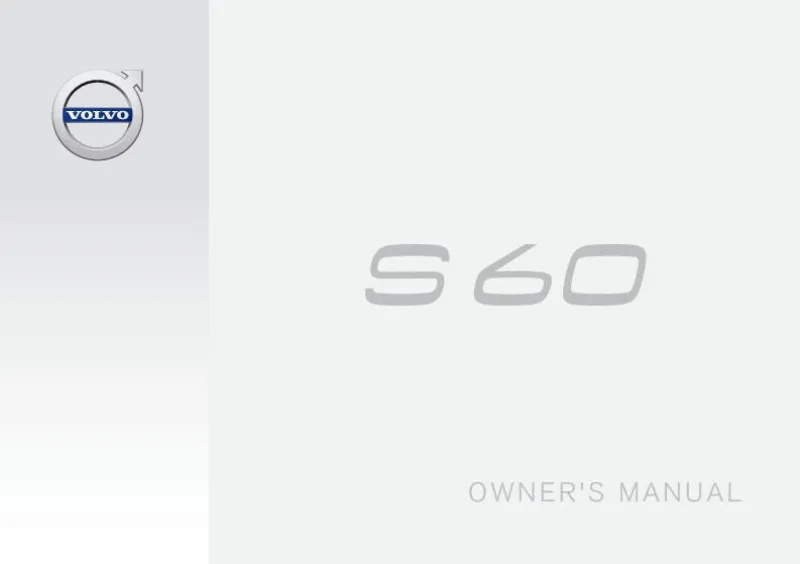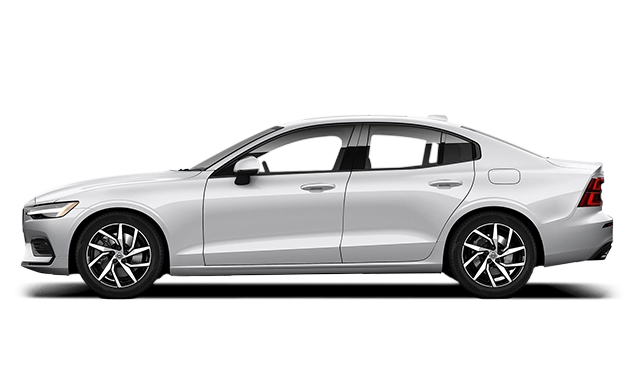2017 Volvo S60 Owner's Manual

Table of Contents
2017 Volvo S60 Overview
Introduction
The 2017 Volvo S60 stands as a true embodiment of Scandinavian luxury, combining sophisticated design with innovative safety features and spirited performance. This compact executive sedan is not only designed to turn heads but also to ensure an exhilarating driving experience. With its modern aesthetics and a focus on comfort, the S60 appeals to those who value style and practicality in equal measure.
Powertrains
The 2017 S60 offers a range of powertrains, catering to diverse driving preferences. The base T5 model comes equipped with a 2.0-liter turbocharged inline-four engine, delivering 240 horsepower. For enthusiasts seeking more power, the T6 variant features a 2.0-liter supercharged and turbocharged engine, providing an impressive 302 horsepower. The top-of-the-line T8 plug-in hybrid combines efficiency and performance, with a total output of 400 horsepower from its gasoline engine and electric motor. This blend of power and fuel efficiency makes the S60 an exceptional choice for both daily commutes and spirited drives.
Trims
The 2017 Volvo S60 is available in multiple trims, including the base T5, the mid-range T6 and the luxurious T8. Each trim level comes well-appointed with a host of premium features. From the serene interior crafted with high-quality materials to an advanced infotainment system, each variant caters to both tech-savvy users and those seeking a refined driving atmosphere.
Features
In terms of features, the S60 shines with its standard inclusion of a rearview camera, Bluetooth connectivity, and a 7-inch touchscreen interface. Higher trims boast luxuries like leather upholstery, a premium sound system, and advanced safety technologies such as adaptive cruise control and lane-keeping assist, ensuring a safe and enjoyable driving experience.
Owner's Manual
The owner's manual for the 2017 Volvo S60 is an essential resource for drivers, providing comprehensive information on the car's features, maintenance guidelines, and safety protocols. It serves as a valuable tool to maximize the driving experience and ensure the longevity of this remarkable sedan.
User manual download
The Volvo S60 owner manual for the 2017 model year is to be found in PDF downloadable format on this page. The owner manual for the model year 2017 is free and in English, but the repair manuals are usually not easy to get and may cost more.
Manual Questions
Fill the form below and someone will help you!

